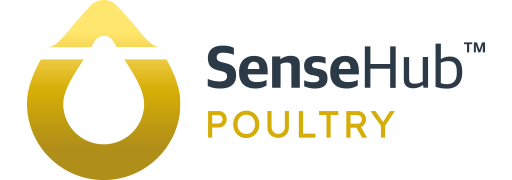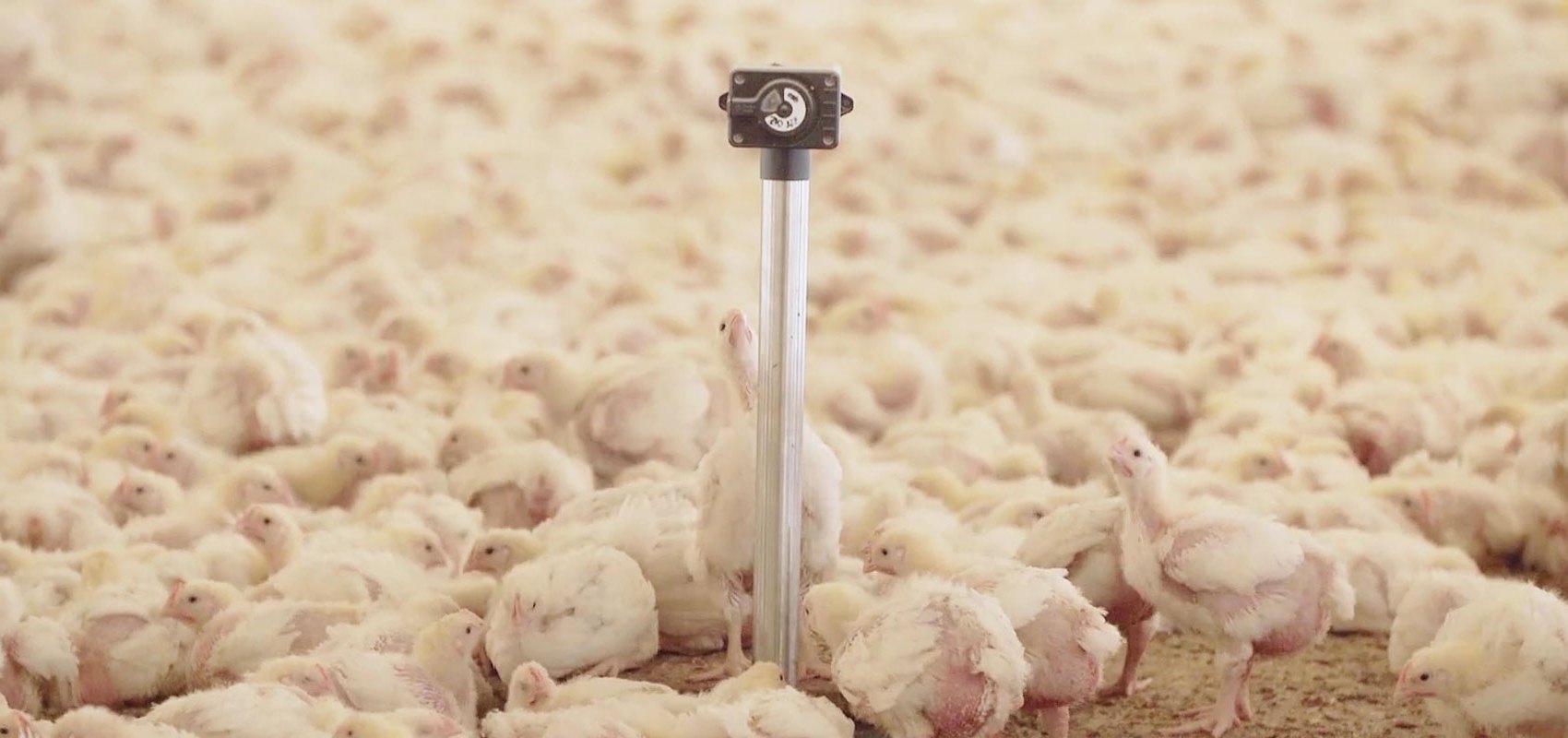Broiler producers are being encouraged to adopt new technologies to help maximise efficiency in the face of continually soaring input costs.
Michael McCreesh, a veterinary consultant at SenseHub™ Poultry, suggests that capturing and interpreting accurate data collated by on-farm technology can provide producers with valuable insight to help improve the efficiency of production.
“As energy and feed prices continue to remain unstable, the value of data and what it can add to a business, in terms of improving bird productivity and performance, becomes even more important and shouldn’t be overlooked.”
“Adopting and using technology that can monitor health and welfare parameters in real-time allows producers to access a granular level of data that would otherwise be unobservable by manual data capture methods. This minute detail can alert producers to even the smallest changes to bird health, welfare and their environment which can impact performance.”
The impact temperature has on bird health is a key area that can be easily overlooked within sheds, but this is a parameter Mr McCreesh advises producers should take interest in when looking to increase farm efficiency.
“Birds naturally cause the humidity in a poultry house to rise as they gain weight, which makes their environment feel warmer. As birds get older and the conditions allow, producers can often afford to reduce the temperature of sheds by up to 2°C every few days.”
“The joy of SenseHub™ Poultry sensors are they monitor the bird’s environment in real-time and routinely feed data back to a simple analytics platform. So, if producers want to make small adjustments to shed temperature, they can easily monitor bird performance, such as daily live weight gain, closely to make sure they stay on track.”
Mr McCreesh goes on to explain how the data captured by SenseHub™ Poultry highlights how interlinked each parameter within a poultry shed is. “For example, bird activity can be monitored by using the weigh platforms positioned across sheds and monitoring the number of actions that have been received by the scales and fed back to the analytics platform for additional insight into production efficiency.”
He says that even the smallest dip in activity can be linked to a change in CO2 levels, a change in temperature and humidity or changes in feed intake. Picking up on these variations quickly, that are often not visible to the human eye, can help to further drive efficiency on-farm through the prevention of bird performance losses.
“During the current climate, anything producers can do to improve efficiency and cut costs, is well worth looking into. The long-term benefits of utilising data to its full potential will be fundamental in remaining competitive,” Mr McCreesh concludes.


